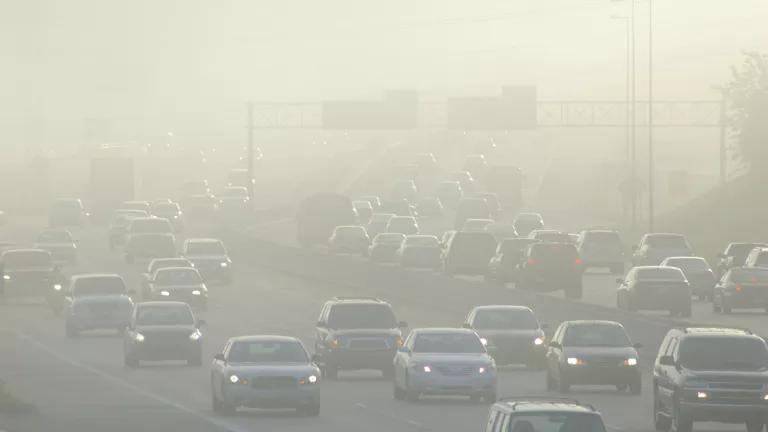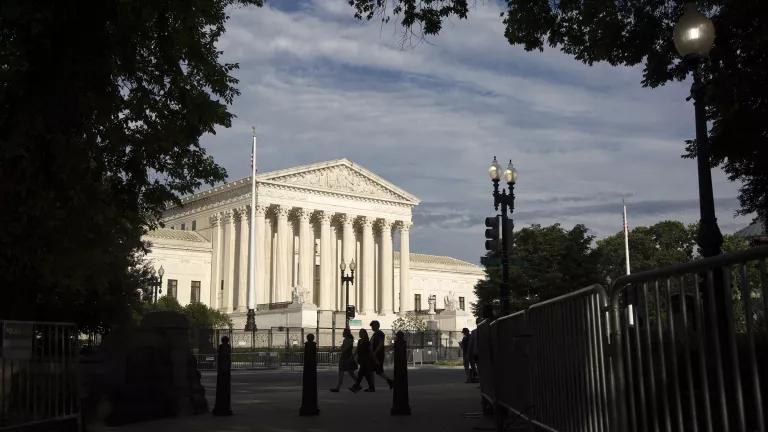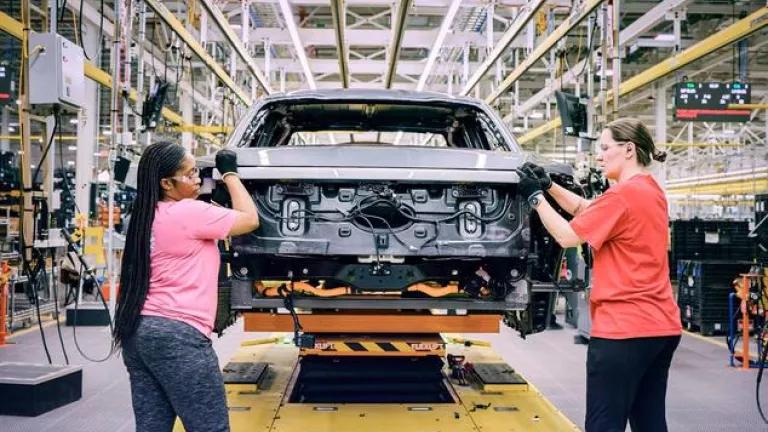
The Clean Air Act (CAA) has been limiting harmful air pollutants from cars and trucks, power plants, and industrial smokestacks, since the early 1970s, helping usher in a new era of clean air and improved public health. Today, the annual benefits from cleaner air include up to 370,000 avoided premature deaths, 189,000 fewer hospital admissions for cardiac and respiratory illnesses, and net economic benefits of up to $3.8 trillion for the U.S. economy. Moreover, the annual benefits of the CAA are up to 32 times greater than the cost of these regulations.
Explore the map to see the benefits from the Clean Air Act in your area by clicking on the county or typing in your zip code.
NRDC commissioned Industrial Economics, Inc. to estimate emissions reductions since the important Clean Air Act Amendments of 1990 and the associated public health and economic benefits. The study showed that in 2020 alone, emissions of harmful air pollutants such as nitrogen oxides will be reduced by an estimated 22 million tons, sulfur dioxide by nearly 25 million tons, volatile organic compounds by 18 million tons, and fine particulate matter by nearly 1.3 million tons, in addition to significant reductions in greenhouse gas emissions that contribute to climate change.
The NRDC Issue Brief, Cleaning the Air, summarizes and contextualizes the full IEc report, The Benefits and Costs of U.S. Air Pollution Regulations.
Despite the enormous success of the CAA in protecting public health, the law currently faces attacks on many fronts under the Trump administration. Over the past three years, through its appointees to the EPA, the administration has rolled back—or attempted to roll back—limits to air pollution from coal-fired power plants, cars, refineries, pipelines, and more.
Unfortunately, more pollution means increased cases of heart and lung diseases, making it harder for people’s bodies to fight infection—a fact that is now having devastating consequences in the face of the current coronavirus pandemic.
But we can restore America’s health and protect it from these new assaults.




